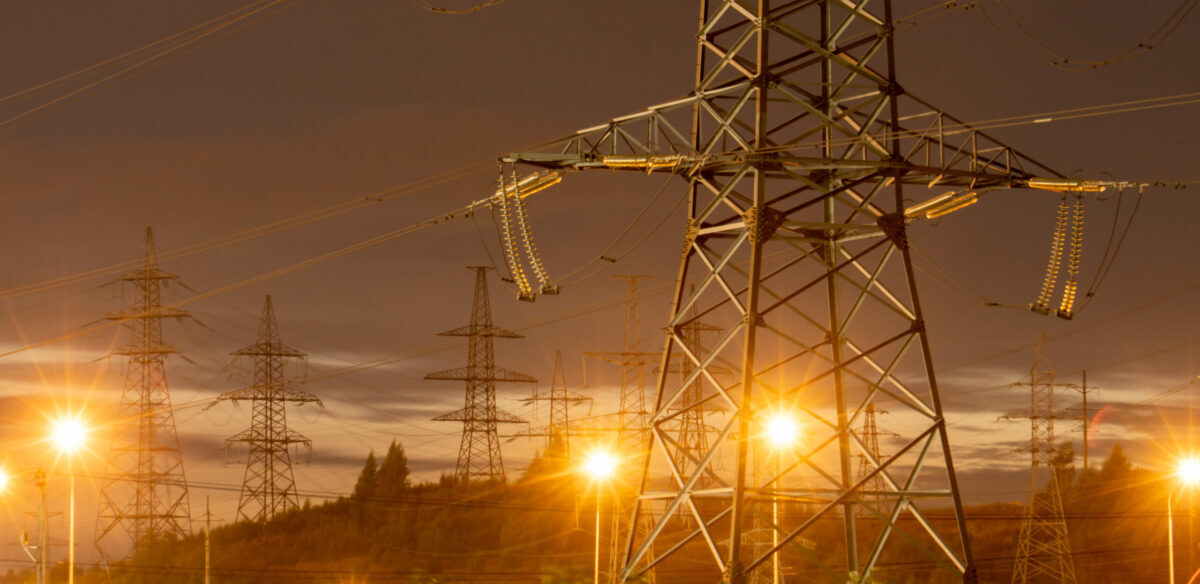Federal Funds Can Help Utilities and Others Realize Infrastructure Opportunities

By Leigh Yeatts
The U.S. Inflation Reduction Act (IRA) introduced a sweeping package of federal energy programs aimed at accelerating the decarbonization of the electricity grid, including a provision that offers low-cost loans for utilities and other companies to replace or revitalize existing energy infrastructure, creating cost savings and grid resiliency benefits for customers.
The Energy Infrastructure Reinvestment (EIR) program provides $250 billion in funding to be administered by the U.S. Department of Energy’s Loan Programs Office through Title 17 of the Clean Energy Financing Program. The EIR financing is intended to support the replacement or repurposing of energy infrastructure that has ceased operations or to upgrade existing infrastructure to reduce or avoid air pollutants and greenhouse gases. The financing is available to many entities, including regulated and public power utilities, for a wide range of projects.
To help utilities and other companies leverage EIR financing to reduce emissions, CEBA has developed a new fact sheet, Federal Funds for Energy Infrastructure Reinvestment: Opportunities for Utilities and Other Companies. The fact sheet addresses these questions:
- – What projects qualify?
- – Who can apply?
- – What type of financing is available?
- – What is the timeline for application and loan dispersal?
- – Where can people find more information?
EIR financing provides a compelling opportunity for energy customers to engage with utilities and energy developers alike to encourage them to leverage federal funding to replace aging fossil-fuel infrastructure with cleaner alternatives that can provide long-term cost and resiliency benefits to both customers and communities. The funding may be especially impactful in areas of the United States that are not a part of an organized wholesale market, such as the Southeast and West.
The opportunity to take advantage of EIR financing is time-limited; loans must be approved by September 2026. The full application process can take six to 12 months, so utilities and other companies interested in the loans are urged to start the application process as soon as possible. The Energy Department also is offering no-fee, no-commitment project consultation services to help energy companies identify competitive projects.
Customers can use CEBA’s fact sheet in conversations with regulators, policymakers, utilities, and other eligible entities to help ensure this critical program is considered before it expires.
